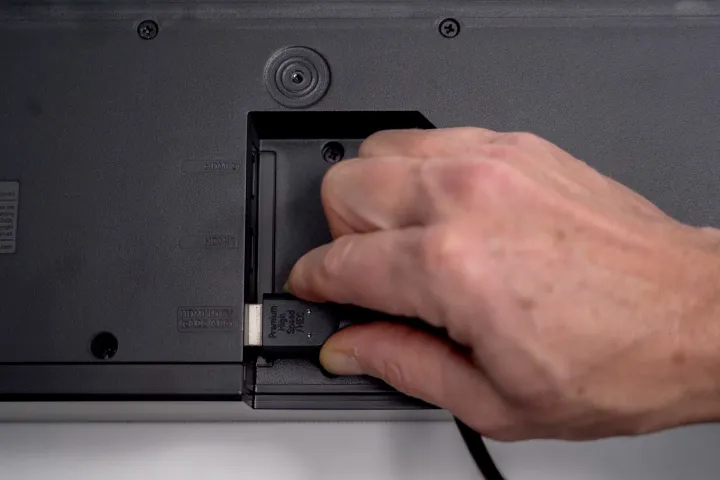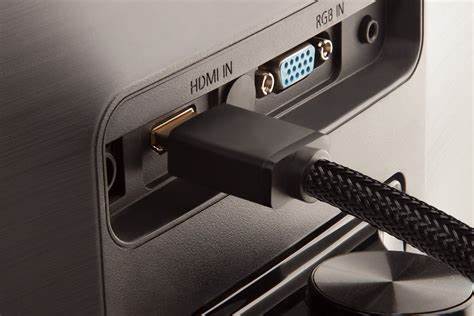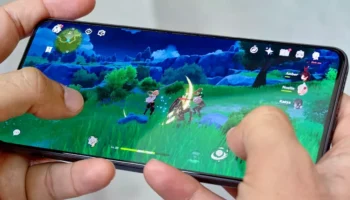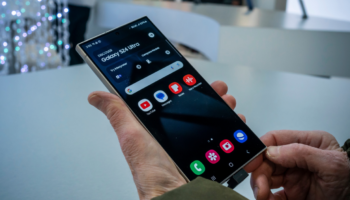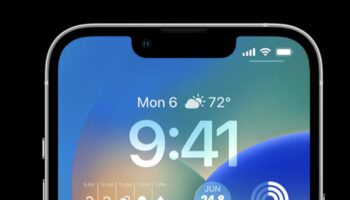Introduction
Connecting your laptop to a TV can greatly enhance your viewing experience, making it easier to share content, enjoy movies, or present slideshows on a larger screen. In this guide, we’ll show you how to easily connect any laptop to a TV in just minutes using two primary methods: HDMI cable and wireless connectivity. Both methods have their unique advantages, and we will discuss them in detail to help you choose the one that suits you best.
Method 1: Connecting via HDMI Cable
Benefits of HDMI Cable Connection
Using an HDMI cable is one of the most straightforward and reliable ways to connect your laptop to a TV. It provides a direct connection, ensuring high-quality video and audio transfer without any lag. This method is perfect for streaming movies, gaming, or any scenario where you need a stable connection.
Step-by-Step Guide
-
Check the Ports: Ensure both your laptop and TV have HDMI ports. Most modern devices are equipped with these.
-
Get the Cable: If you don’t already have one, purchase an HDMI cable. The length will depend on how far apart your devices are.
-
Connect the Cable: Plug one end of the HDMI cable into your laptop’s HDMI port and the other into the TV’s HDMI port.
-
Select the Input Source: Using your TV remote, switch the input source to the corresponding HDMI port. This is usually done by pressing the ‘Input’ or ‘Source’ button on the remote.
-
Adjust Display Settings: On your laptop, you might need to adjust the display settings. On Windows, right-click on the desktop and select ‘Display settings’; on Mac, go to ‘System Preferences’. Choose to extend or duplicate your screen.
-
Enjoy Your Content: Your laptop screen should now be mirrored or extended on your TV. You can adjust the resolution and other settings for the best viewing experience.
Method 2: Wireless Connectivity Options
Overview of Wireless Connectivity
If you prefer a cable-free solution, wireless connectivity is a great option. Technologies like AirPlay for Apple devices and Miracast for Windows laptops make it easy to connect your laptop to a TV wirelessly. This method is ideal for quick setups and offers more flexibility in terms of positioning and mobility.
Requirements for Wireless Connection
-
For Apple Devices: A TV that supports AirPlay 2 or an Apple TV device.
-
For Windows Laptops: A smart TV that supports screen mirroring or a streaming device such as Chromecast.
Step-by-Step Guide
For Apple Devices using AirPlay:
-
Ensure Compatibility: Verify that both your laptop and TV support AirPlay.
-
Connect to the Same Network: Both devices need to be on the same Wi-Fi network.
-
Enable AirPlay on TV: Turn on AirPlay on your TV through the settings menu.
-
Select Screen Mirroring: On your laptop, click the AirPlay icon in the menu bar and select your TV from the list of devices.
-
Enjoy Your Content: Your laptop screen should now be mirrored on your TV.
For Windows Devices using Screen Mirroring:
-
Ensure Compatibility: Make sure your TV supports screen mirroring.
-
Connect to the Same Network: Both your laptop and TV need to be connected to the same Wi-Fi network.
-
Enable Screen Mirroring on TV: Turn on screen mirroring in your TV’s settings.
-
Connect from Laptop: Press Win+K on your laptop and select your TV from the list of available devices.
-
Enjoy Your Content: Your laptop screen should now be mirrored on your TV.
Troubleshooting Common Connection Issues
Even with these simple methods, you might run into some common problems. Here’s how to fix them:
HDMI Connection Issues
-
No Signal: Make sure the HDMI cable is securely connected and the TV is set to the correct HDMI input.
-
No Sound: Check the audio output settings on your laptop to ensure it’s sending audio to the TV.
Wireless Connection Issues
-
Lag or Stuttering: This could be due to a weak Wi-Fi signal. Try moving your devices closer to the router or use a wired connection for better performance.
-
Unable to Connect: Ensure both devices are on the same network and that the screen mirroring or AirPlay feature on your TV is turned on.
Conclusion
By following the steps outlined in this guide, you can easily connect any laptop to a TV using an HDMI cable or wireless connectivity options. Each method has its benefits, so choose the one that best fits your needs and enjoy the enhanced viewing experience that comes with a larger screen. Whether it’s for a movie night, a presentation, or just browsing the web, connecting your laptop to your TV can transform how you use your devices.


